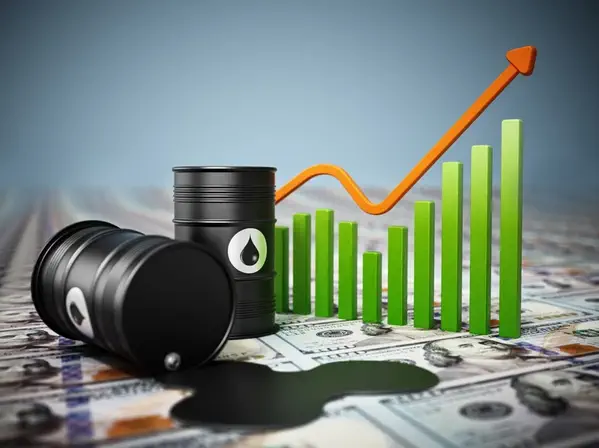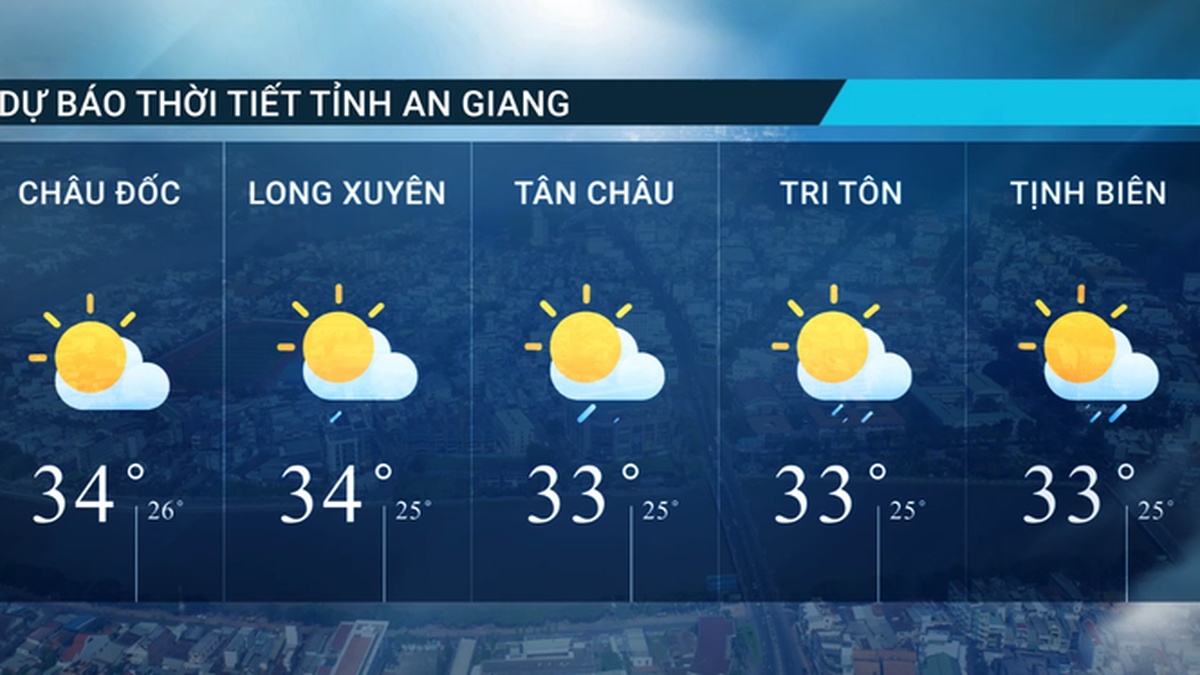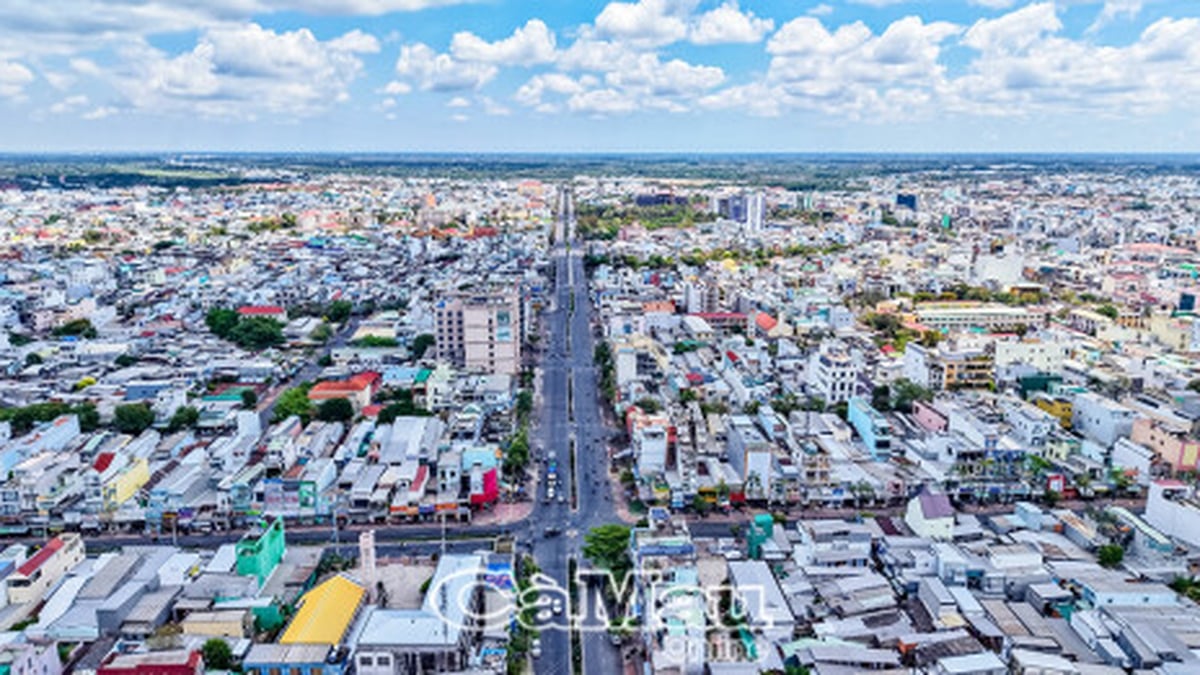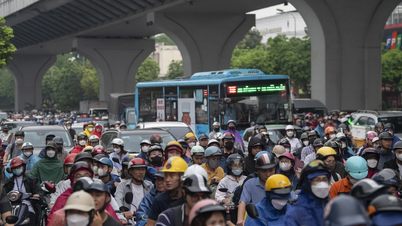| World oil prices rise as OPEC+ decides to increase production World oil prices rise as demand exceeds supply |
The Organization of the Petroleum Exporting Countries and its allies (OPEC+) held a meeting of its Joint Ministerial Monitoring Committee (JMMC) in early April and kept its supply policy unchanged until mid-2024, while pressing some oil-producing countries to increase compliance with output cuts.
The April 3 OPEC+ policy decision sent international crude oil prices soaring to a five-month high. With the surge in prices, benchmark Brent crude futures are now trading at $90 a barrel, a level last seen in October 2023.
 |
Illustration |
The OPEC+ group's JMMC, which met virtually in early April, reviewed the market and members' implementation of production cuts. In a statement after the meeting, OPEC+ said several member countries had promised to improve compliance with supply targets. OPEC+ said in the statement that the committee welcomed commitments from Iraq and Kazakhstan to achieve full compliance and offset overproduction, and Russia's announcement that cuts in the second quarter would be based on production, not exports. Russian Deputy Prime Minister Alexander Novak also said last week that Russia was fully complying with its commitments to reduce oil supply as part of the OPEC+ deal.
Last month, OPEC+ members led by Saudi Arabia and Russia agreed to extend voluntary production cuts of 2.2 million barrels per day (bpd) until the end of June to support the market. Saudi Arabia, OPEC’s de facto leader, said it would extend voluntary cuts of 1 million bpd until mid-2024, leaving its output at around 9 million bpd – well below its capacity of 12 million bpd. Following the OPEC+ policy decision, crude oil prices stabilized at their highest since October, with Brent crude futures above $89 a barrel, due to supply disruptions in the Middle East and the prospect of tighter conditions for the rest of the year.
Crude oil prices remained largely range-bound until February 2024, but a Ukrainian drone attack on Russian refineries sent prices soaring. Crude hit a five-month high of $87 a barrel in March amid persistent geopolitical tensions and is now trading at $90 a barrel. Following the latest OPEC+ policy decision, WTI, the U.S. benchmark, topped $85 a barrel for the first time since October.
Commodity market analysts are concerned that now that the $90/barrel risk has been overcome, crude oil could return to $100, potentially triggering a new round of inflation in importing countries, as well as hurting expected demand growth.
Stronger oil prices could also dampen demand, especially in price-sensitive developing economies in Asia, the world’s top importer. As for the possibility of Brent hitting $100 a barrel in fiscal 2025, analysts say it’s unlikely to see Brent hitting $100 unless the Middle East war escalates into a full-blown war involving major producers in the region.
Source





































































































Comment (0)